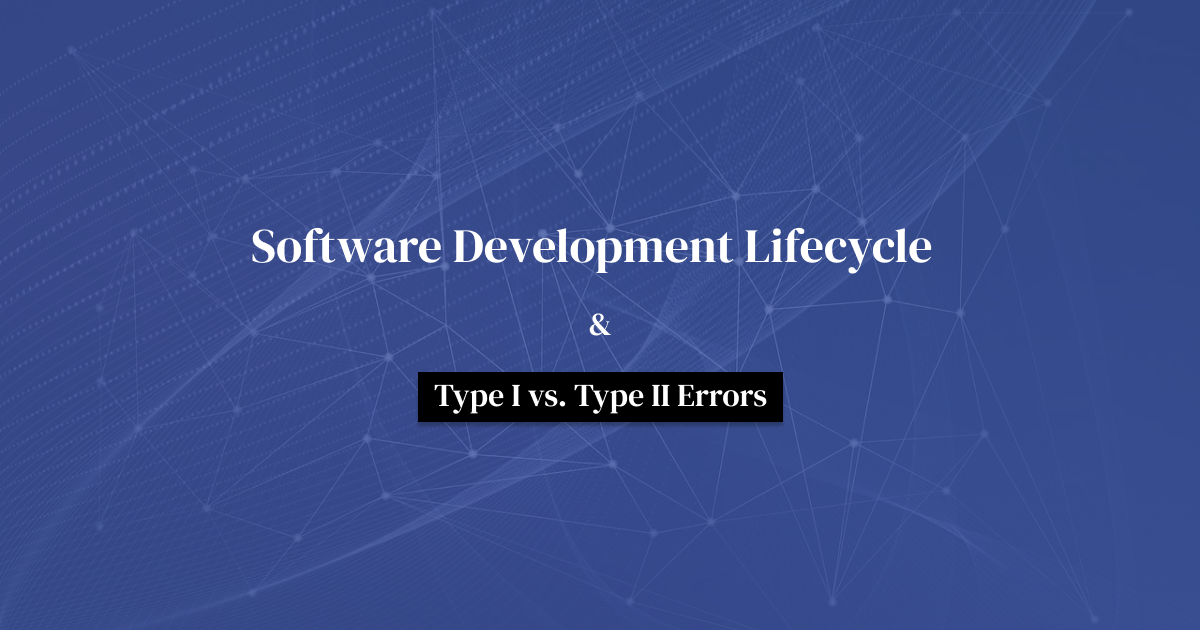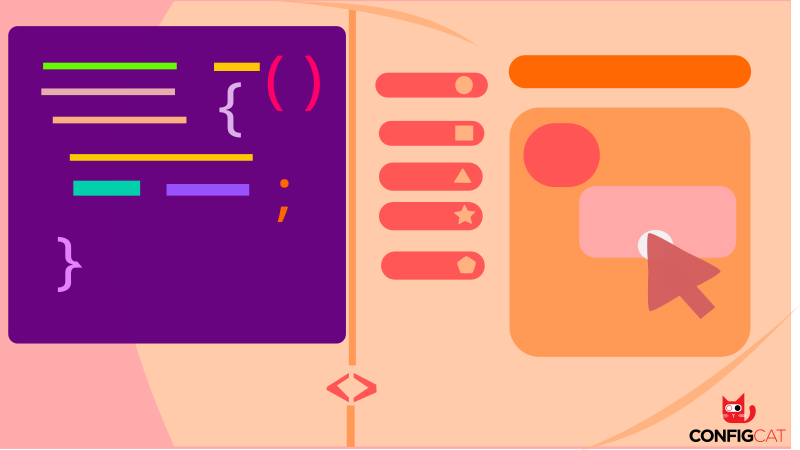The rise of AI in software development is reshaping the industry's landscape, redefining roles, and setting new benchmarks for efficiency, innovation, and creativity. Gone are the days when software development was exclusively the domain of developers meticulously crafting code, with the process steeped in manual oversight and prone to human error. The introduction of AI into this sphere has been akin to when factories started using assembly lines in manufacturing—revolutionizing productivity and output quality.
AI's role in software development has swiftly moved from a supportive backdrop to a central player, taking on tasks that once consumed countless hours of human labor. Its capabilities have snowballed, from analyzing vast data to identifying patterns, automating repetitive tasks, and even preempting developer actions by suggesting improvements and debugging possible errors or bugs. It has enabled developers to transcend traditional limitations, empowering them to innovate at an unprecedented pace and scale. Hence, AI has become a keystone in the quest for efficiency, precision, and speed in software development.












